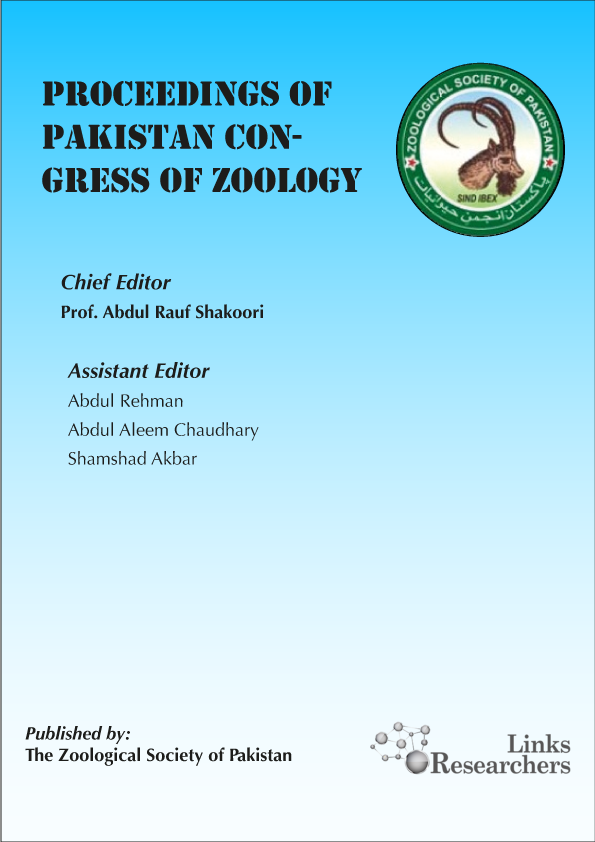Shaoling Lin and Jiamiao Hu
Honnur Basha, Vinaya Hemannavar, B.Ramanujam, R. Rangeshwaran and S.Sriram
B. Ramanujam, R. D. Prasad, S. Sriram and R. Rangeswaran
Jawad Anwar* and Zafar Iqbal
Ayesha Bibi*, Musharaf Ahmad and Shaukat Hussain
Ambreen Akhtar Saddozai and Samina Khalil*
Ambreen Akhtar Saddozai, Saeeda Raza* and Shahzad Arshad Saleem**
Ambreen Akhtar Saddozai*, Amer Mumtaz*, Nouman Rashid*, Shahzada Arshad Saleem**, Saeeda Raza* and Muhammad Naeem Safdar*
Ambreen Akhtar Saddozai*, Amer Mumtaz*, Saeeda Raza* and Shahzada Arshad Saleem**
*Irum Javed1, Muhammad Asgher2, Sadia Noreen1, Humara Naz Majeed1 and Tanzila Sahar1
Sumera Siddique1,†, Hafiz Abdullah Shakir1, Javed Iqbal Qazi1*, Amtul Bari Tabinda2, Muhammad Irfan1
Hina Ali*, Iram Shaheen and Feroza Hamid Wattoo
Abid Khan*, Mukhtar Alam and Yousaf Jamal
Noor Islam1*, Rashid Mahmood1, Ghulam Sarwar1, Sarfaraz Ahmad2 and Saleem Abid3
Anjum and Ahmad Khan*
Muhammad Shahid1*, Unsar Naeem-Ullah1, Waheed S. Khan2, Shafqat Saeed1 and Kashif Razzaq3
Ibadullah Jan1*, Iqbal Munir2, Inamullah Khan3, Syed Muhammad Suhail4 and Aqib Iqbal2
Atef El-Sagheer1*, Anas El-Mesalamy1, Abdel-Monem Anany2 and Nashaat Mahmoud1
Hailemariam Assefa1*, Tesfahun Dagnaw2
Tintin Rostini1*, Irwan Zakir1, Danang Biyatmoko2
Esraa Yosry Abdel Halim1, Hamdy El-Essawy1, Abeer Abdel Nasser Awad1, Mona S. El-Kutry2, Lamiaa Ibrahim Ahmed1*
Keywords | Milk powder, Labneh, Cheddar cheese, Microbial examination...
Muhammad Hanif Khan1, Syed Muhammad Suhail2, Hayaz uddin1, Aitbar Khan3, Rashid Ahmed Magsi3, Rajwali Khan2*, Iftikhar Ahmed2, Asim Ijaz2 and Khalid Khan2
Mariam Arain1, Asghar Ali Kamboh1* and Muhammad Javed Arshed2
Ishrat Younus1,2 and Afshan Siddiq1*
Rasha Ali Taha Hamza1, Atef Saad Osheba1, Hassan Mohamed Sobhy2, Sahar Hussein Abdalla Hekal2*
Khuzeema Tanveer1, Muhammad Shahid Mahmood1,*, Muhammad Ashraf1 and Ahrar Khan2
Umar Farooq Gohar, Attia Majeed, Bushra Muneer* and Hamid Mukhtar
Siriporn Namted, Kanokporn Poungpong, Wiriya Loongyai, Choawit Rakangthong, Chaiyapoom Bunchasak*
Pham Tan Nha*, Le Thu Thuy
Saima Rubab1,3*, Ghazala H Rizwani2, Arjumand Iqbal Durrani3, Iram Liaqat4*, Urooj Zafar5, Mahjabeen6, Farah Batool7, Noor-E- Seher3, Naveera Younas3 and Ayesha Sadiqa8
M. M. A. Youssef †and Wafaa M. A. El-Nagdi
Noor Rahmawati, Alfi Rumidatul* and Sopandi Sunarya
HIRA JAVAID*1, MALEEHA MANZOOR2, JAVED IQBAL QAZI3, XIONG XIAOCHAO4 & FOUZIA TABSSUM5
Saddam Hussein Mahmoud* and Shaimaa Nabhan Yassein
Siddique Ahmad1*, Basit Ullah1, Sajid Ali2, Ali Zaid1, Zeeshan Ahmad3, Muhammad Usaid1, Muhammad Zeeshan1 and Saif Ullah3
Abd-Alfattah Abd-Alhamid Alderey1, Nabila Elsaid Mahmod El-Kassas1, Eman Said El-Hadad1*, Manal Hamdy Gomaa1, Eman Ashour Hussein2
Md. Ariful Alam1, Mst. Misrat Masuma Parvez1, Md. Salauddin2*, Rakibul Islam1 and Md. Bazlar Rashid1
Md. Ariful Alam1, Mst. Misrat Masuma Parvez1, Md. Salauddin2*, Rakibul Islam1 and Md. Bazlar Rashid1
Nafissa Sahel1*, Fadela Chougrani2, Abderrahim Cheriguene3 and Zineb Hamani1
Nahariah Nahariah1*, Hikmah Hikmah1, Faridah N. Yuliati1, Endah Murpiningrum1, Abdul W. Jamaluddin2, Titis S. Kusuma3, Andi Febyana4, Kartina Kartina1
Hossam F. Abou-Shaara
Bilal Ahmed1, Asep Setiaji1*, Lisa Praharani4, Faheem Ahmed Khan2, Nuruliarizki Shinta Pandupuspitasari3, Mohammad Miftakhus Sholikin4,5,6,7, Windu Negara2, Azhar Ali1, Muhammad Rizwan Yousaf1, Hamza Zulfiqar1, Alina Munawar8
Dwi Putri Nurmala1, Tri Eko Susilorini1, Osfar Sjofjan2*, Danung Nur Adli2
Syeda Rubab Zaidi* and Safdar Ali Mirza
Desak Putu Mas Ari Candrawati*, I Gede Mahardika, I Gusti Nyoman Gde Bidura, Ni Wayan Siti
Bilal Ahmed1, Faheem Ahmed Khan2, Nuruliarizki Shinta Pandupuspitasari1*, Muhammad Rizwan Yousaf1 and Asep Setiaji1
Nesreen Z. Eleiwa1, Radwa A. Lela2, Eman K. Fathalla2
















